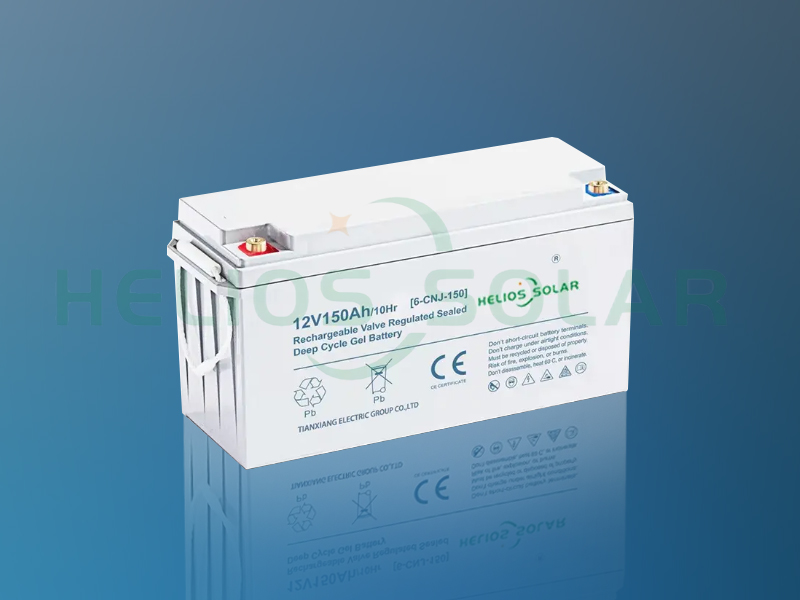As the world increasingly turns to renewable energy, solar energy has become a popular choice for residential and commercial applications. One of the key components of a solar power system is the battery, which stores energy generated during the day for use at night or on cloudy days. Among various types of batteries, gel batteries have attracted attention due to their unique properties. This article explores the suitability of gel cells for solar applications, examining their advantages and overall performance.
Learn about gel batteries
Gel batteries are a type of lead-acid battery that use a silicon-based gel electrolyte instead of the liquid electrolyte found in traditional flooded lead-acid batteries. This gel electrolyte holds the acid in place, preventing spills and allowing the battery to be used in a variety of orientations. Gel cells are sealed, maintenance-free, and designed to withstand deep discharges, making them a popular choice for solar energy storage.
Advantages of Gel Batteries in Solar Applications
1. Safe and Stable:
One of the most significant advantages of gel batteries is their safety. Gel electrolytes reduce the risk of leaks and spills, making indoor use safer. Additionally, gel batteries are less prone to thermal runaway, a condition in which the battery overheats and can catch fire.
2. Deep Cycle Capability:
Gel batteries are designed for deep cycle applications, which means they can be discharged significantly without damaging the battery. This feature is particularly beneficial for solar systems, where energy storage is critical for nighttime use or periods of low sunlight.
3. Longer Service Life:
If properly maintained, gel batteries last longer than traditional flooded lead-acid batteries. Their service life typically ranges from 5 to 15 years, depending on usage and environmental conditions. This longevity can make them a cost-effective option for solar systems in the long run.
4. Low Self-Discharge Rate:
Gel batteries have a low self-discharge rate, which means they can hold a charge for a long time without significant loss of energy. This feature is advantageous for solar applications, especially in off-grid systems where batteries may not be charged frequently.
5. Vibration and Shock Resistant:
Compared with traditional batteries, gel batteries are more resistant to vibration and shock. This durability makes them suitable for a variety of environments, including mobile solar applications such as RVs and boats.
Performance in Solar Applications
When considering gel cells for solar applications, their performance in real-world scenarios must be evaluated. Many users have reported satisfactory results when using gel batteries in solar systems, especially for off-grid setups. The ability to discharge deeply without causing significant damage makes it suitable for applications with fluctuating energy demands.
However, users should understand the specific charging requirements and ensure that their solar charge controller is compatible with gel batteries. A properly configured system can maximize the benefits of gel batteries and provide reliable energy storage for solar applications.
In conclusion
In conclusion, gel batteries are a good choice for solar energy storage, offering several advantages such as safety, deep cycle capabilities, and longer lifespan. However, potential users should weigh the benefits against the drawbacks, including the higher cost and specific charging requirements. Ultimately, solar system battery selection will depend on personal needs, budget, and specific application.
For those looking for a reliable, safe energy storage solution for their solar system, gel cells may be a good choice, especially in applications where deep cycling and maintenance-free operation are a priority. As with any investment in renewable energy, thorough research and consideration of all available options will lead to the best decision for your solar energy needs.
Post time: Nov-06-2024


